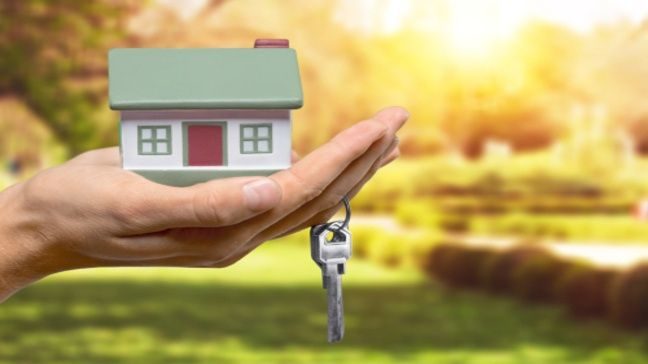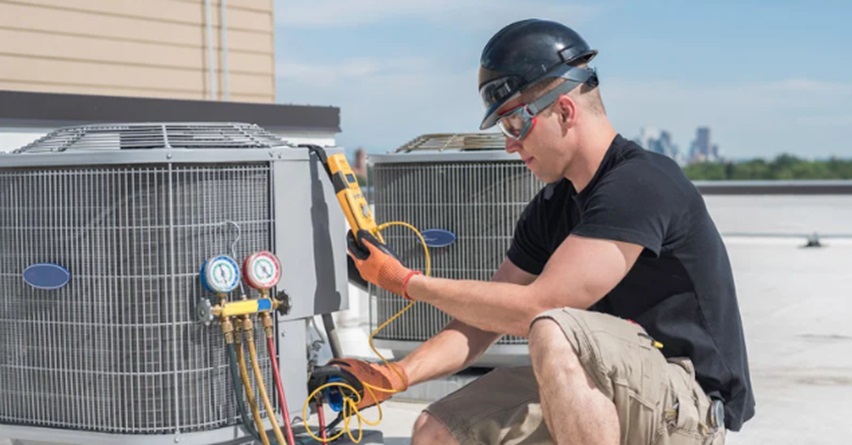Fire pits add warmth and charm to outdoor spaces, making them a popular feature for homeowners seeking to enhance their backyards. However, before installing one, it’s essential to understand the safety considerations to prevent accidents and ensure long-term enjoyment. From selecting the right location to adhering to local regulations, being informed is key. If you’re thinking about adding an outdoor fireplace in Milton, this guide will help you navigate the crucial safety aspects before installation.
Understanding Fire Pit Basics
Before delving into safety measures, it’s important to understand what constitutes a fire pit. Essentially, a fire pit is an outdoor fire feature designed to contain and control an open flame. They come in various styles, from in-ground pits to above-ground structures, and can be fueled by wood, natural gas, or propane. Each type has its own set of safety considerations, but all share the common goal of providing warmth and ambiance to outdoor spaces.
Choosing the Right Materials
The construction materials of your fire pit play a significant role in its safety profile. Opt for fire-resistant materials such as brick, stone, or metal. These materials not only withstand high temperatures but also help contain the fire effectively. If you’re considering a DIY project, it’s crucial to research and select materials specifically designed for fire pit construction to ensure durability and safety.
Proper Ventilation
Adequate ventilation is essential for any fire feature, especially for gas-powered outdoor fireplaces. Proper airflow helps ensure complete combustion, reducing the risk of carbon monoxide buildup. For wood-burning pits, good ventilation helps maintain a steady fire and reduces smoke. When designing your outdoor fireplace or fire pit, consider incorporating vents or choosing an open design that allows for natural air circulation.
Fuel Considerations
The type of fuel you choose for your fire pit impacts both its functionality and safety profile. Wood-burning pits offer a traditional experience but require more maintenance and careful ash disposal. Gas-powered options, while more convenient, necessitate professional installation to ensure proper gas line connections and safety mechanisms. Whichever type you choose, familiarize yourself with the specific safety protocols associated with your fuel source.
Installation Process
While the DIY route might be tempting, professional installation is often the safest choice, especially for gas-powered units. Professionals can ensure that all safety codes are met, proper materials are used, and installations are correctly performed. This is particularly important for gas line connections, which require specialized knowledge to prevent leaks and ensure safe operation.
The Benefits of Safe Enjoyment
While safety considerations might seem daunting, the benefits of an outdoor fireplace far outweigh the challenges. From extending your outdoor living season to creating a cozy gathering space for friends and family, a well-designed and safely installed fire pit can significantly enhance your home’s value and your quality of life.
Conclusion
Investing in an outdoor fireplace is a smart choice for many Milton homeowners, offering a blend of functionality and aesthetic appeal to outdoor spaces. By prioritizing safety in the planning, installation, and use of your fire pit, you can enjoy all the warmth and ambiance it provides with peace of mind. Remember, a safe fire pit is a joy to gather around, creating lasting memories and enhancing your outdoor living experience for years to come.










